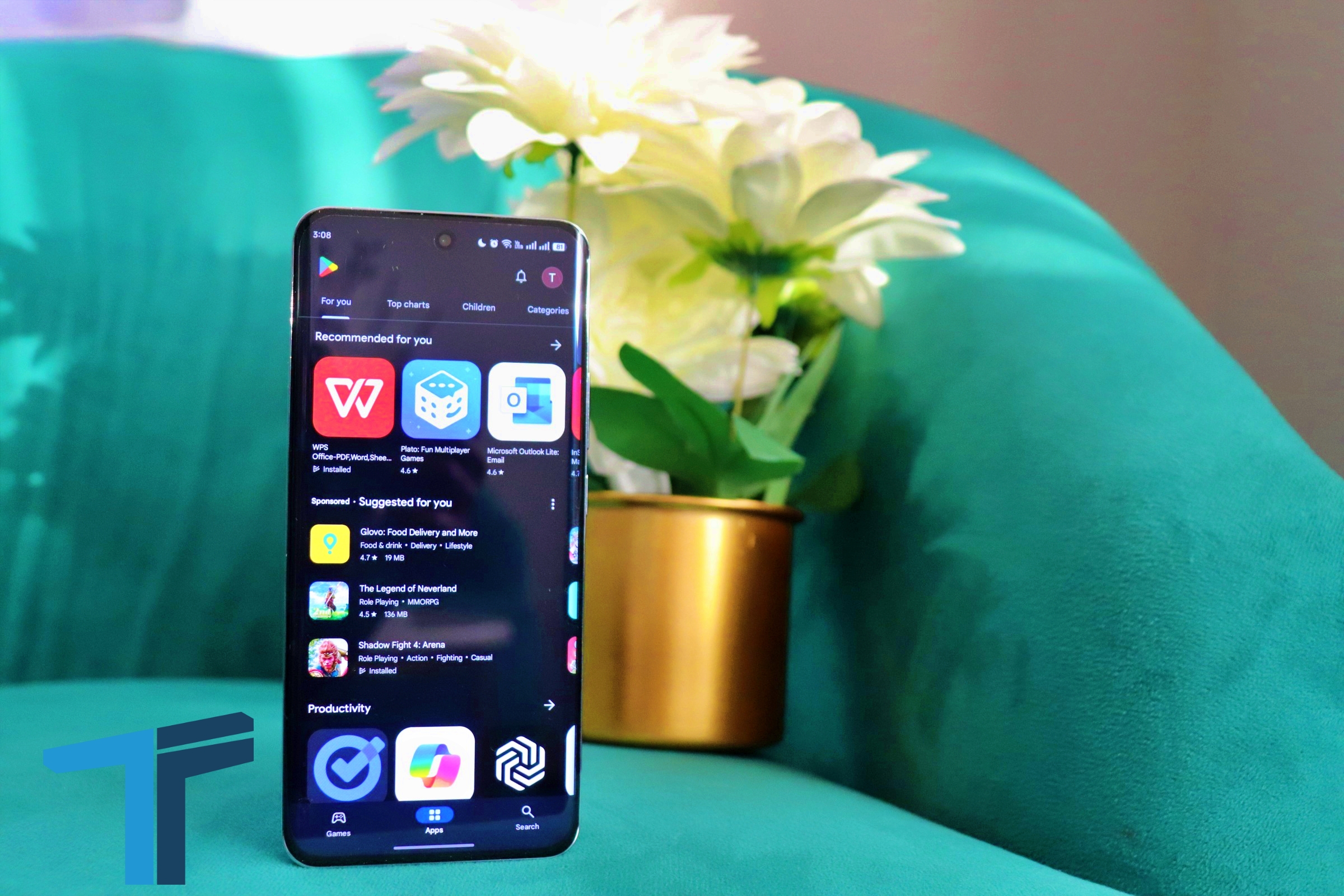
The Google Play Store decline has raised eyebrows across the tech ecosystem. The apps in the Play Store have declined from almost 3.4 million to 1.8 million from early 2024 to April 2025; a steep decrease of 47%. Although it may look alarming at first sight, it is multi-layered in reality.
What Caused the Google Play Store Decline?
A significant decline may not indicate dwindling developer interest, but rather the outcome of the consolidation of Google’s increasing enforcement of quality, security, and verification standards. Google really began its crackdown on apps that were either of limited functionality, abandoned projects, or simply did not comply with evolving developer policies.
This saw the tightening of the publishing criterion that was in place from mid-2024, this time specifically targeting static or deceptive apps that had little content or mimicked useful services. The purge was thus preemptive- the aim being to protect end users and provide an enhanced Play Store experience.
In this undertaking, Google also:
- Increased human reviews and AI-based threat detection
- Tightened identification verification for developers
- Blocked 2.36 million apps from being published for violating one or more policies
- Banned more than 158,000 developer accounts trying to circumvent these policies
While all of these measures were, in fact, contributing to the strip-down of the Google Play Store, the company has justified it as promoting quality over quantity.
Apple’s App Store: A Useful Comparison
Apple’s App Store barely registered a growth, from 1.6 million up to 1.64 million apps, while there was a decline in Android apps. Curation is really strict in the Apple world due to stricter app vetting and tighter ecosystem control. Contradictory philosophies separate the stability-driven Apple model from the scale-driven marketplace now gearing in the opposite direction for Google.
Interestingly, the Google Play Store decline was already an evident trend even before these intentions were formalized into rules, pointing to other factors. Developer fatigue, store migration, or even a covert enforcement of rules and standard requirements may be possible explanations.
What This Means for Android Developers
However, even with the number of apps reduced, there was a 7.1% year-over-year increase in new releases in early 2025. It seems possible that even though the total number of applications decreased, active development is still strong-if not more focused on the concepts of quality and longevity.
That is, for the developers, the Google Play Store in decline means:
- Higher bar for publishing apps
- Lesser competition from low-effort apps resulting in increased visibility
- A push towards improved user experience, utilities, and compliance
It’s a reset, not a pullback.
A Strategic Shift, Not a Crisis
The decline in the Google Play Store is not about waning interest in Android. It indicates a long-overdue cleanup process. Google is being very intentional in evolving its ecosystem toward safety, trust, and usability. The end result will be fewer apps, but better ones, and hopefully a Play Store experience that’s much closer to the standard set by the Apple App Store.
As 2025 goes on, developers and users alike will keep an eye on whether the promises of this transformation will be realized.
Follow us on WhatsApp, Telegram, Twitter, and Facebook, or subscribe to our weekly newsletter to ensure you don’t miss out on any future updates. Send tips to editorial@techtrendsmedia.co.ke




